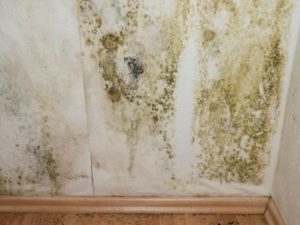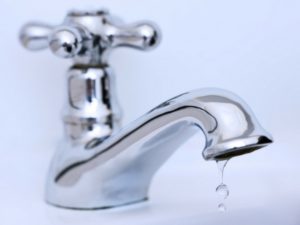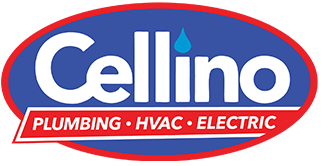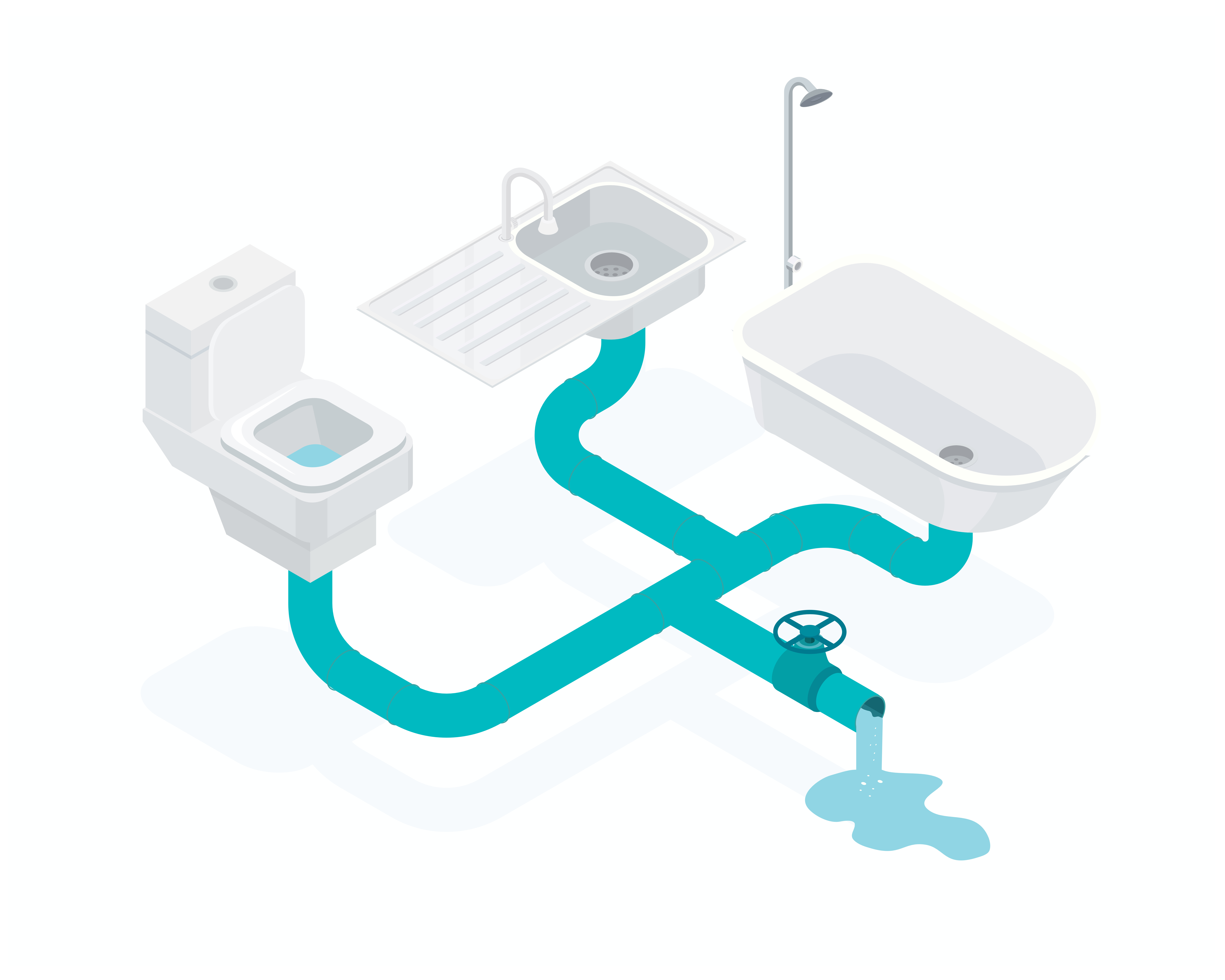Even if you are very handy as a homeowner, do you know a lot about water leak detection and how to prevent water leaks from damaging your home? As they say, knowledge is power.
Learning about water leak detection is one of the best investments of your time that you can make. Ready to get started? Here is the essential homeowner’s guide on leak detection.
How Water Damages My House
You may have a visual of a destroyed home after flooding, but a small, slow leak can do a considerable amount of damage as well. That’s why you always need to deal with leaks upon discovery.
One of the awful by-products of water leaks is mold growth.
In order to grow, mold needs nutrients and water, which is exactly what happens when leaking water contacts your carpet or drywall.
It only takes between 24-48 hours for mold to grow.
Once the spores are moving through the air, you can get seriously sick.
Water leak damage will also warp your flooring and walls, along with structures like joists and load bearing beams.
Water can also remove your paint, plaster and wallpaper.
Do I Have a Leak?
There are obvious signs that you have a leak, like pooling water, unpleasant odors, mold growth, low water pressure or an unexplained increase in your water bills.
Some of the most common causes of water leaks are:
- tree root intrusion
- extreme weather
- heating or cooling too fast, without allowing the pipe time to accommodate
- corrosion
- problems with your plumbing fixtures
To determine where the leak is coming from, start in the basement and look for evidence of water damage and then follow the trail.
It can help you get the problem fixed more quickly if you can direct the plumber exactly where to look immediately.
Maintenance Tips to Prevent Leaks
If you’ve got older piping, you are automatically at risk for leaks. Pipes don’t last forever. Get them inspected and cleaned regularly to avoid decay and damage.
Avoid clogs by keeping everything but water out of your drains and pipes.
Get a flashlight and inspect under your sinks for evidence of moisture regularly, including dampness on the pipes, mold growth or rust.
Pull your appliances out on a regular basis and look for water.
Check your faucets and showerheads for drips when they are not being used.
Inspect your walls, ceiling, and floors for damp or cold spots.
For extra protection with your washing machine, put it on a drip tray, which will minimize the water damage.



